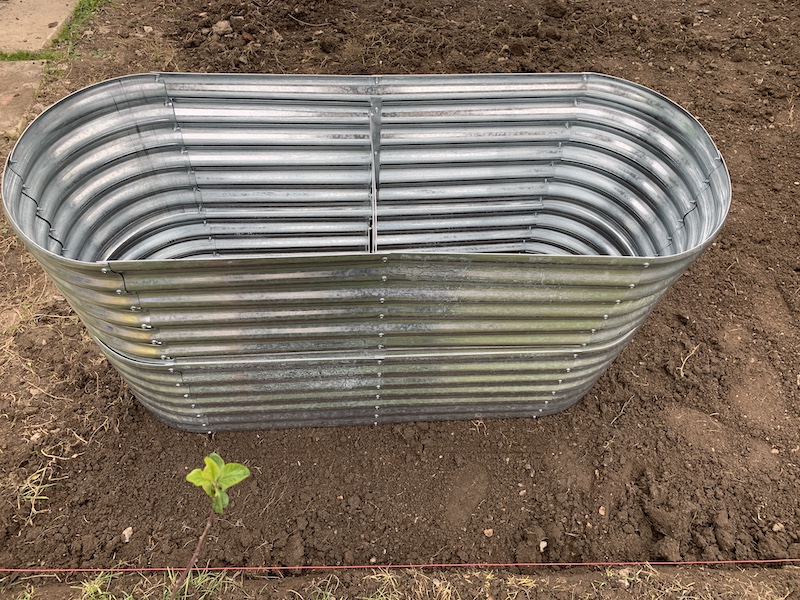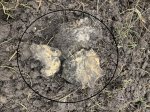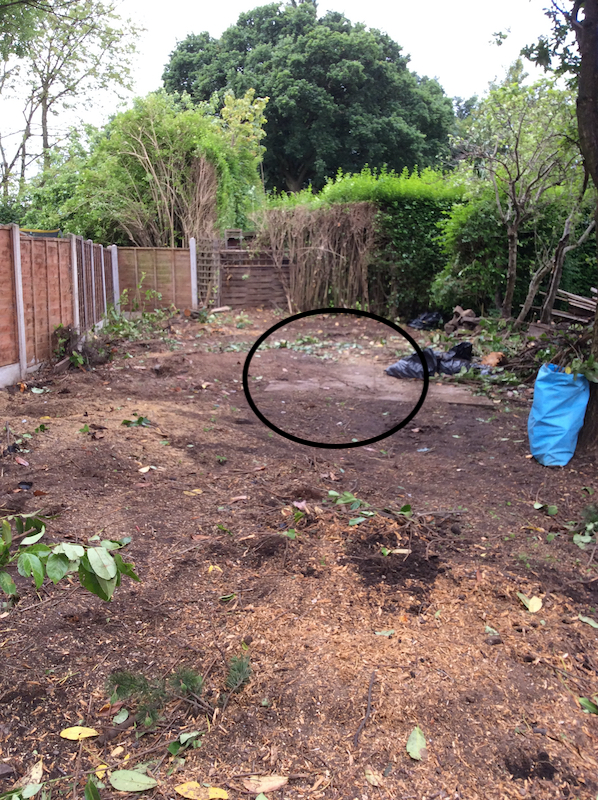Clay Soils
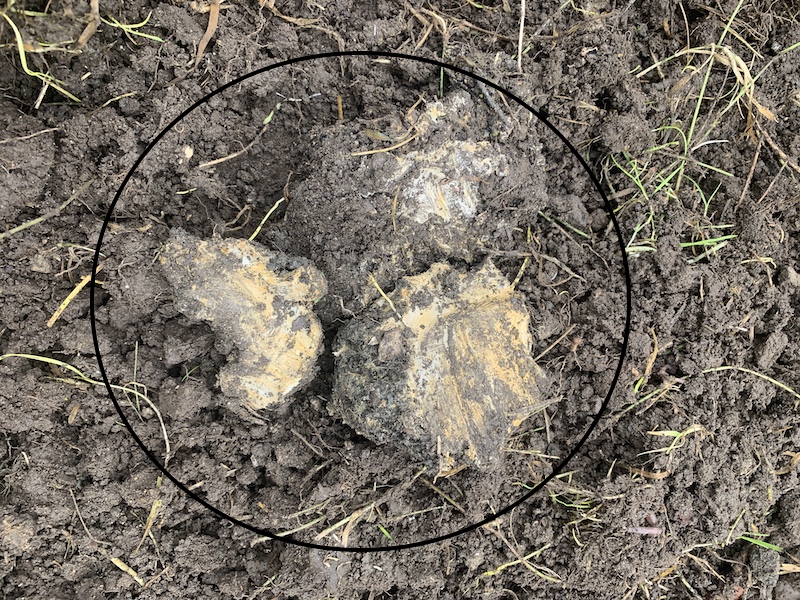
Clay Soils, what comes into your mind when thinking about these? Slippery mud on a river bank or a lump of clay on a pottery wheel? Are these both the same as many many years ago people made clay pot and holders. Was this clay directly from the ground?
Well yes and no. Clay taken from the ground may contain things that the potters wouldn't like to have in their creations like sticks, leaves and other natural debris, but it could be a starting point with the addition of other ingredients.
The picture above shows a clump of clay within a garden plot and how different it looks from the surrounding soil. In this garden there were patch of clay dotted around with most of the area a good growing soil.
When gardening the difference in a sandy soil and a clay one is very obvious. When handling clay it feels exactly like clay and if it is wet it can be moulded. Sandy on the other hand will be gritty and can fall through the fingers on a hand easily.
What are the properties of clay soils?
Appearance
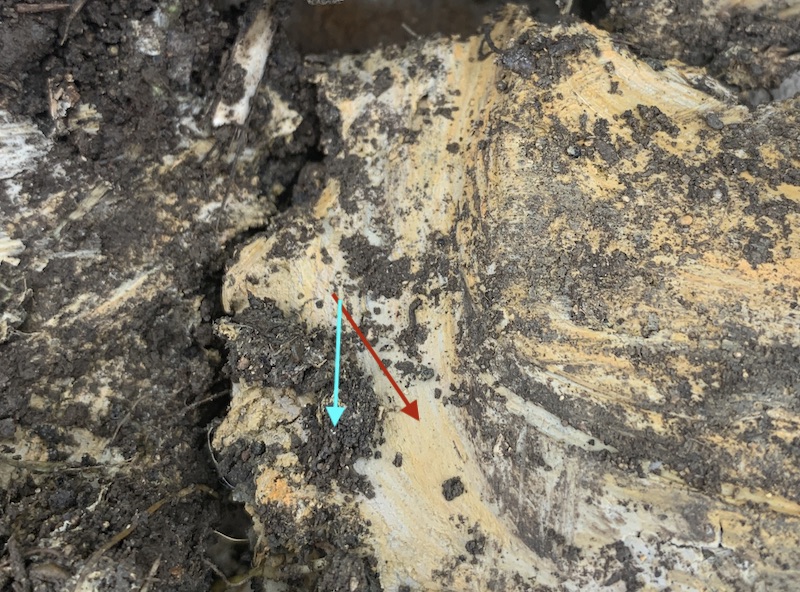
When wet clay soils are shiny and sticky and I am sure most people have found a patch or two when out for a walk in the countryside.
When dry they are hard and brittle and most people have seen the effects of lack of rain.
These soils are very hard to dig and care should be taken not to damage the structure if they are too wet.
In long dry hot summers the ground can have quite wide cracks appearing.
In the picture above the clay area shown by the red arrow looks very tightly packed that the small area of ordinary soil shown by the turquoise arrow.
Ability to hold water
These soils can hold a large amount of water. They also have very fine capillary pores so plants that are growing in clay may not be able to reach the water easily.
It is this property that could damage a field as if a waterlogged clay field is damaged by machinery, the whole soil structure could take a very long time to recover. This is because the weight of the machinery has compacted the particles together so tightly.
Ability to drain
Clay soils are very slow in draining water away, this is because the particles are so small and when wet clay will swell up so there isn't much space between the particles for the water to drain away.
Beneficial to plants.
These soils can be very slow to warm up compared to the other soils but are also naturally rich in plant food.
There is a proportion of clay in most soils so this adds to the nutrients for the plants. Those soils with a higher proportion of clay will be known as clay soils.
Clay soils will anchor plants into the ground very well so many plants survive harsh conditions because they are secure.
Many plants enjoy growing the clay soils.
Colour
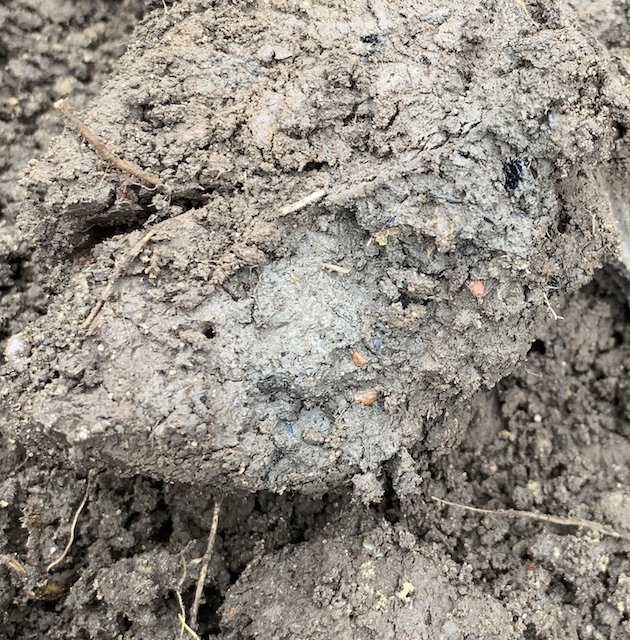
Pure clay is a light pale colour. Clay soils are brown or red in colour and sometimes has a blueish tinge as well. The colour will depend on the surrounding soil as other elements could also be mixed in.
Mineral content
Clay is naturally occurring and contains minerals, these minerals are aluminium, silicate, iron and magnesium to name a few.
pH
Clay soils can be either slightly acidic or alkaline but are usually neutral. The pH of a neutral soil is around 7.
This can be tested by using a pH meter.
Pliability
It is because of the minerals which are present in such high amounts that gives the clay its ability to be moulded.
Size of its particles
Soil particles are measured in microns and the sizes vary.
These particles can be classified into sand, silt and clay with clay having the smallest size with a diameter of less than 0.002 mm. Gravel has the largest size at approx 2mm.
Type of Ion Charge
There is a complicated exchange of gases and minerals that occurs under the soil at the plant root level.
Clay soil has negative charge ions and will attract the positive charge ions found during in the soil water near the roots of plants
Improving the condition of a clay soil
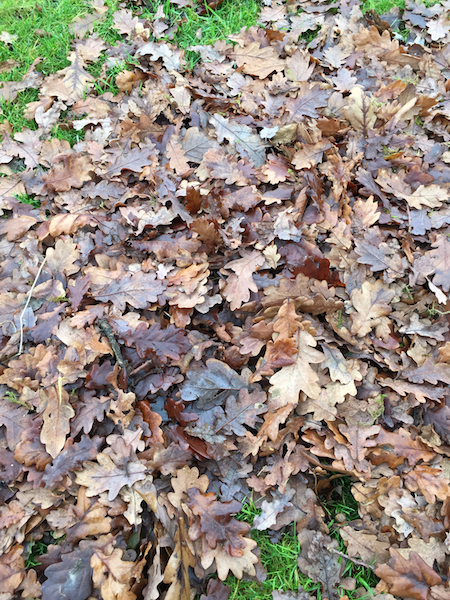
Although clay is rich in nutrients it can be low in oxygen as there are very small air spaces. Worms are present but they also need food and oxygen.
The best ingredients to add to clay soils to break the larger clumps into smaller ones are the organic variety.
Compost, straw, manure and leaves that have been shredded will help the clay to drain away water better and to have bigger areas for oxygen. These can be added in the autumn so that any frost of the autumn and winter has a chance to break clumps down.
This will take time over a few years but there are plants that can improve the soil as well like potatoes, beetroot, turnips and brassicas as the roots will go into the clay.
Plants that like clay soils

There are many plants and vegetables that will thrive in clay soils because they are well secured into the ground. These include
Roses
Hydrangeas
Viburnums
Flowering Dogwoods
Enjoy getting to grips with any clay soil you may have.
- Home
- Types of Soil
- Clay Soils
